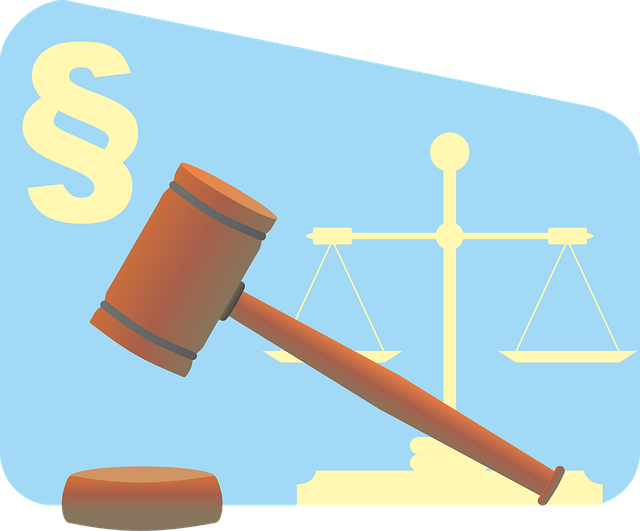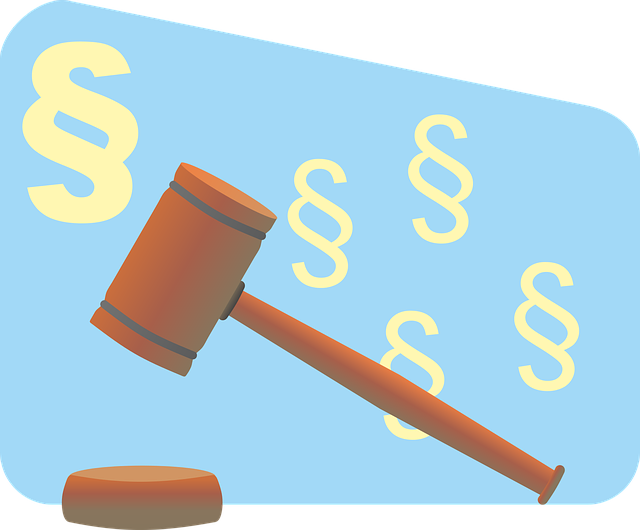After a contract breach, organizations should swiftly assess impact, gather evidence, and consult experts. Engage specialized professionals for tailored legal guidance. For C-Level breaches, prioritize damage assessment, understand root causes, and implement corrective actions like restructuring or enhanced controls. Build a robust risk management framework using data analytics to avoid future issues. In high-profile cases, consider public relations, stakeholder trust, and philanthropic impacts to mitigate legal consequences.
When a contract breach occurs, swift and strategic action is crucial. C-level investigations launched promptly can mitigate damage and protect your organization’s interests. Here’s a roadmap outlining the essential steps to take after a breach:
1. Assess Breach Impact and Legal Implications to understand the severity and potential consequences.
2. Gather evidence and consult experts to ensure a thorough understanding of the situation.
3. Develop and execute a remedy strategy that addresses the root cause, mitigates harm, and enhances future compliance.
- Assess Breach Impact and Legal Implications
- Gather Evidence and Consult Experts
- Develop and Execute Remedy Strategy
Assess Breach Impact and Legal Implications

After a contract breach is identified, the first steps involve assessing the full impact on both parties involved. This includes evaluating financial losses, reputational damage, and potential legal ramifications. A thorough investigation is crucial to understand the severity of the breach and its effects on operations and future collaborations. The unprecedented track record of successful white-collar defense strategies can guide companies in navigating these complex situations effectively.
By swiftly analyzing the situation, organizations can take appropriate measures to mitigate further losses and ensure compliance with legal obligations. Achieving extraordinary results in contract dispute resolution often requires a strategic approach, involving expert legal counsel, data forensics, and a meticulous review of breach causes. This process not only helps in resolving the immediate issue but also strengthens future contracts and risk management strategies.
Gather Evidence and Consult Experts

After a contract breach occurs, there are several crucial steps to take. The first step is gathering evidence. This involves collecting all relevant documentation, communications, and any other material that can support your case. It’s essential to act promptly, as digital trails can quickly disappear or be altered. Engaging in meticulous record-keeping ensures you have a solid foundation for your investigation.
Once the evidence is secured, it’s imperative to consult experts. Depending on the nature of the breach—whether it involves complex financial transactions, intellectual property disputes, or other specialized areas—relying on professionals like attorneys specializing in general criminal defense or experts in white-collar and economic crimes can be invaluable. They can provide guidance tailored to your specific situation, ensuring you take the right legal steps toward achieving extraordinary results.
Develop and Execute Remedy Strategy

When a contract breach occurs at a C-Level, it’s crucial to act swiftly in developing and executing a remedy strategy. The initial steps involve assessing the scope of damage, understanding the root cause, and gathering all relevant evidence. This process requires careful navigation through legal complexities, ensuring compliance with applicable laws and regulations.
The subsequent phases focus on implementing corrective actions to prevent future breaches. This might include restructuring agreements, enhancing internal controls, or providing intensive training for executives and employees. Moreover, building a robust risk management framework becomes paramount, leveraging data analytics to anticipate potential pitfalls. In the context of high-profile cases, where the implications extend beyond contractual disputes, strategic decisions must also consider public relations, maintaining stakeholder trust, and even the potential impact on philanthropic and political communities, all while aiming to avoid indictment through meticulous legal strategies.
After a contract breach, C-level executives must swiftly navigate a series of critical steps. These include assessing the breach’s impact and legal implications, gathering relevant evidence with expert consultation, and subsequently developing and executing an effective remedy strategy. By following these comprehensive steps, organizations can not only mitigate damages but also foster trust and maintain strong business relationships.






